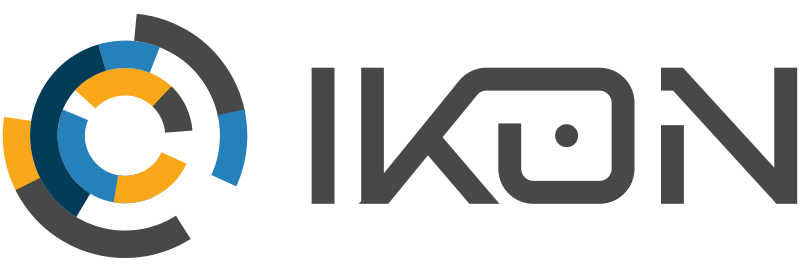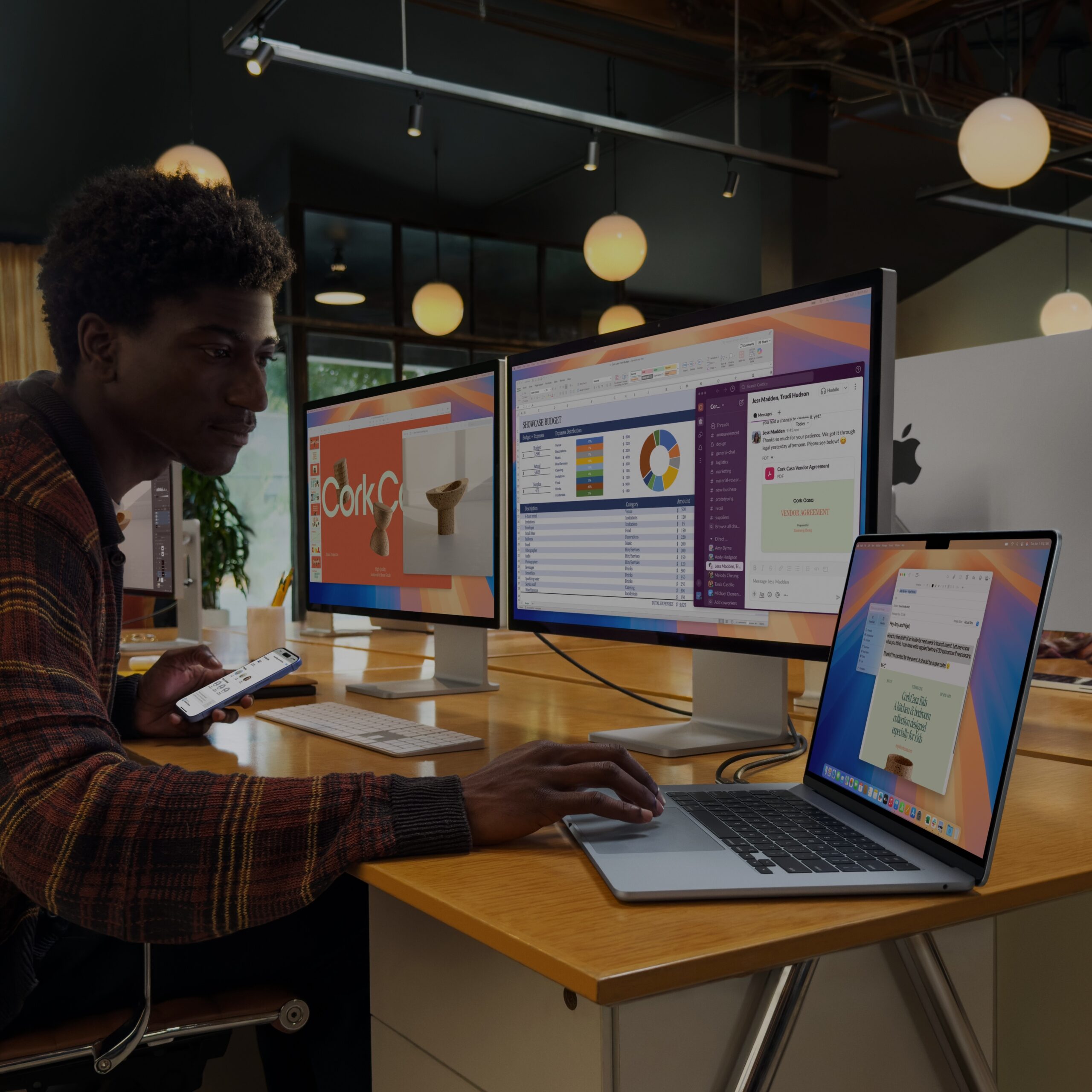At first glance, the MacBook’s price tag can give cost-conscious procurement leaders pause. A typical business-grade PC, priced around $700, may seem like the more logical, budget-friendly choice. But when you zoom out and analyze the total cost of ownership (TCO), the financial landscape shifts dramatically. Spoiler alert: the numbers—and the impact—strongly favor the Mac.
Long-Term Value: More Than Meets the Price Tag
While an average corporate PC typically shows a decline in performance after 3–4 years, MacBooks continue to operate reliably for 5–7 years with regular software updates. Moreover, even after their lifecycle, they retain significantly higher residual value: a four-year-old MacBook typically holds about 30%of its original value, compared to just 15% for a similar PC.
This means that although the upfront cost of a Mac may be higher, its longer usable lifespan and higher resale value significantly reduce the actual total cost of ownership.
Real-World Results: Lower Costs, Higher Efficiency
Don’t just take our word for it. IBM’s rollout of 200,000 Macs revealed eye-opening results:
- Only 5% of Mac users required IT support, compared to 40% 40% of PC users.
- One IT specialist could support 5 400 Mac users versus just 242 PC users—a 22x increase in efficiency.
Backing this up, a 2024 Forrester Total Economic Impact™ (TEI) study found that over five years, organizations deploying Macs:
- Reduced device support and management costs by nearly 33% .
- Filed 60% fewer support tickets per Mac per year .
- Saved a total of $7.3M in support and management costs with 13,125 Macs deployed, .
Energy Efficiency: When Green is Truly Gold
Apple's custom-designed chips (M1 to M4) not only deliver outstanding performance but also ensure exceptionally low energy consumption. According to Forrester, a Mac uses 56% less energy on average than a PC.
This results not only in lower costs but also adds significant value from an ESG (Environmental, Social, and Governance) perspective:
- Lower CO₂ emissions
- More sustainable operations
- Better compliance with environmental regulations
In today’s landscape, energy efficiency isn’t just about saving money. It’s a core part of sustainability strategy, brand reputation, and regulatory compliance. Apple’s commitment to recycled materials, water- and energy-efficient manufacturing, and eco-friendly packaging makes it a natural fit for ESG-focused organizations.
Built-In Security and Reduced Risk
Out of the box, every MacBook includes critical tools that PC users often have to buy and manage separately: encryption, remote access, antivirus protection, and productivity apps. That means fewer licenses, faster deployment, and less administrative overhead. For large enterprises, this translates into serious savings. Managing one secure, integrated platform instead of juggling multiple third-party systems can reduce IT complexity—and, in many cases, cut hundreds of thousunds in IT costs over the life of the devices.
Forrester's study found Mac deployments: • Reduced the risk of a data breach due to a lost or stolen device by 90% • Saved $530,000 in avoided breach costs over five years. Mac’s architecture and auto-updates help organizations strengthen their security posture while easing IT workloads.
The Hidden ROI: Employee Performance
According to Forrester: • Mac users gained 100 minutes per month in reduced downtime. • These efficiency gains added up to $46.4M in productivity benefits over five years.
IBM reported that Mac users were
- 22% more likely to exceed performance targets and
- Sales persons were 16% more productive.
The intuitive design, better battery life, and seamless user experience translate into tangible performance gains.
The Hidden ROI of Better Decisions
This isn’t a MacBook ad. It’s a story grounded in real-world examples—showing how a higher upfront cost can become a smart, high-return business decision.
According to Forrester’s data, the company analyzed:
- Realized $76 million in benefits
- Incurred $26.6 million in total costs
- Resulting in a net value of $49.4 million and ROI of 186% .
On average, this translated to $547 in TCO savings per MacBook over five years—while simplifying IT operations, reducing risk, and enhancing employee experience. Overall, the total cost of ownership for a MacBook is typically 20–30% lower than that of comparable PCs. And ultimately, this isn’t just about the hardware—it’s about the point where business logic meets modern IT strategy: where decisions are made not just on price, but on long-term value.
Mac isn’t just a technology choice Mac isn’t just a technology choice— it’s a strategic business move.Its higher upfront cost is offset by longer lifespan, lower maintenance needs, greater efficiency, and more satisfied users.
Organizations that prioritize long-term value, sustainability, and innovation are already making the shift.
The real question is: does short-term saving still make sense if it means missing out on long-term gains?.


